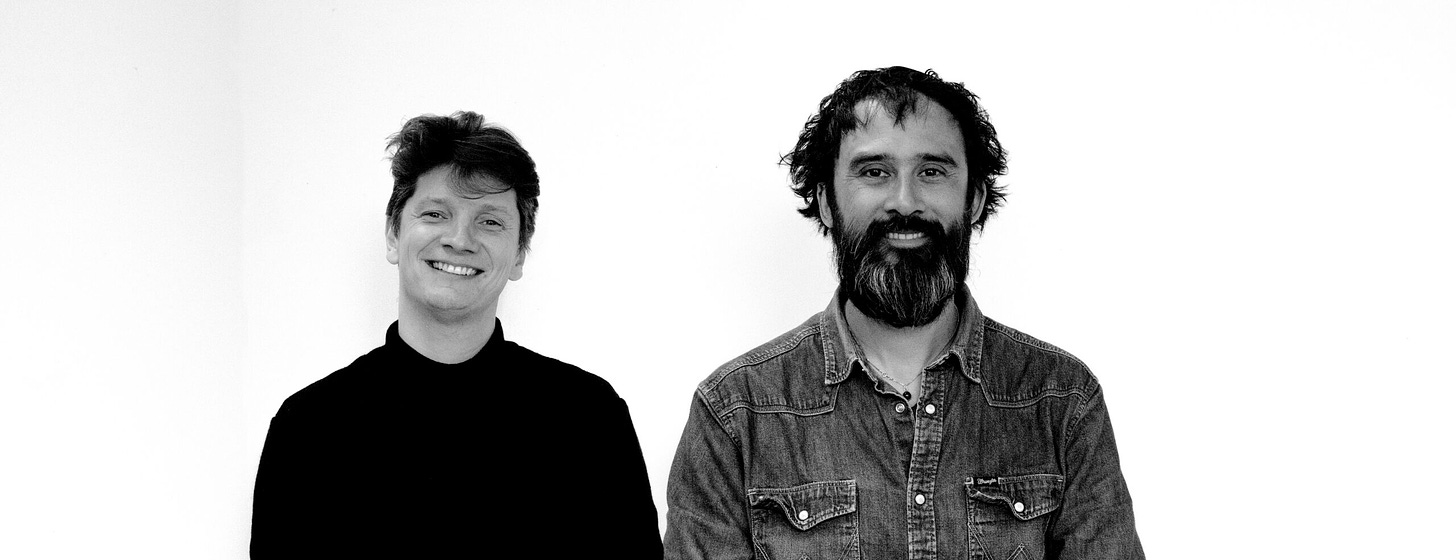The Atlas of the Long Now
What do we you see when we expand our present to encompass decades, centuries or even millennia?1 What does it tell us about where we come from, where we and where we could be going? In the Atlas of the Long Now we try to practice what we call ‘Historic-Futurism’: We look back a thousand year, and forward a hundred. We investigate the interactions between culture and technology and how these shape our relation with nature, each other and ourselves.
Through this lens we seek to understand how our societies are shaped by the stories and imaginaries, and how, when you extrapolate these narratives various possible future scenario’s reveal themselves. Good and bad, inspiring and confronting. It’s up to us to decide which futures are worth pursuing and which to avoid.
The Atlas of the Long Now started out as a Dutch newsletter, which is also still running here as de Chrononauten en de Atlas van het Lange Nu (since spring 02021).
About the authors
The Atlas of The Long Now is written by us, Edwin Gardner and Christiaan Fruneaux. We are two Amsterdam-based futurists who have been investigating modernity, our current place in the long now, for over ten years. Our futurology agency, Studio Monnik, helps governments, companies and institutions navigate our changing times, and to explore possible futures. We research and develop strategic impact scenarios, give trend-briefings and engage with bigger audiences with our keynote presentations. Besides working on commission we also produce books, curate public programs and initiate our own public projects. Want to know more, don’t hesitate to contact us.
The future belongs to us all ❤️
We are inspired by ‘The Long Now’ as defined by the thinking and projects of Stewart Brand and The Long Now Foundation, but we are not in any way directly affiliated with The Long Now Foundation.


